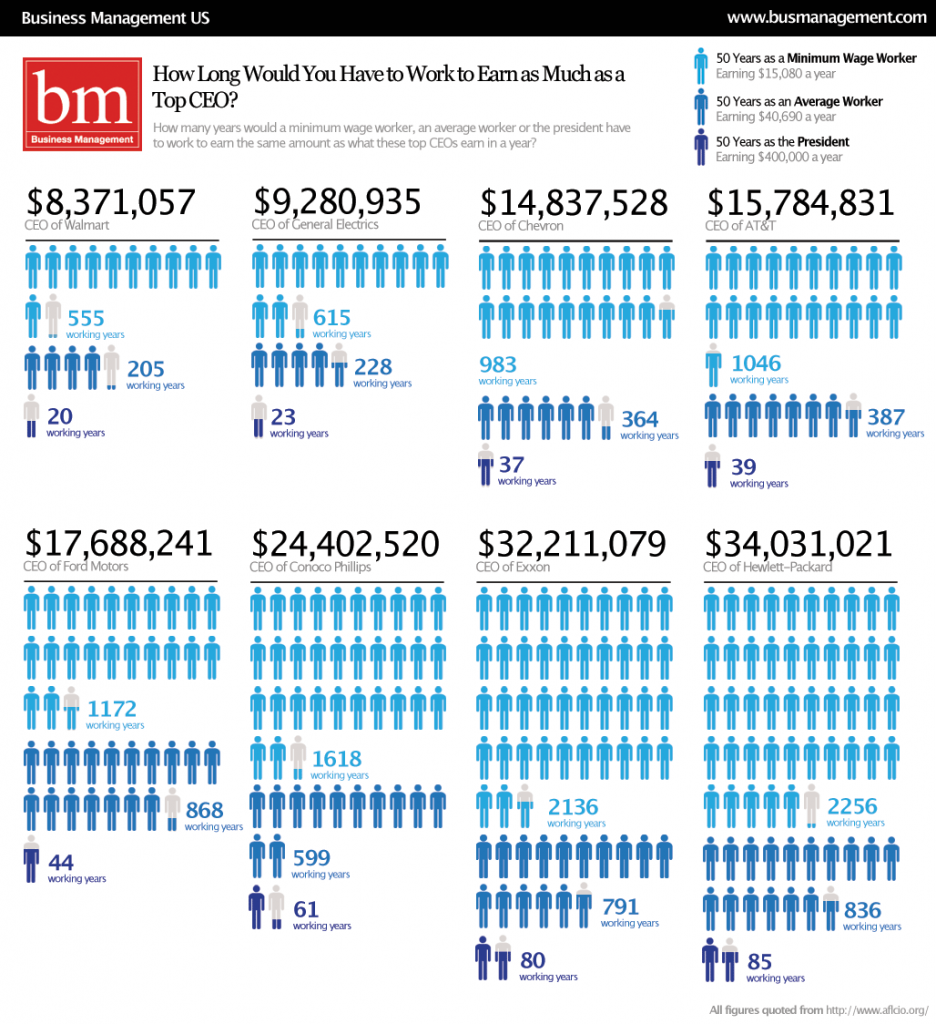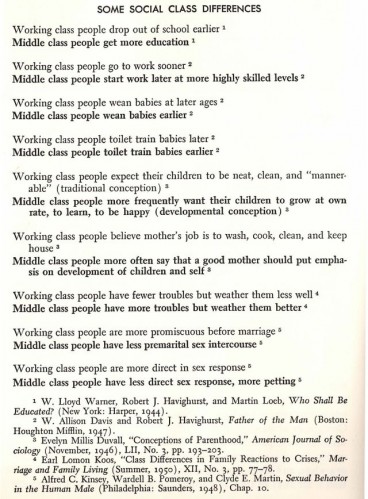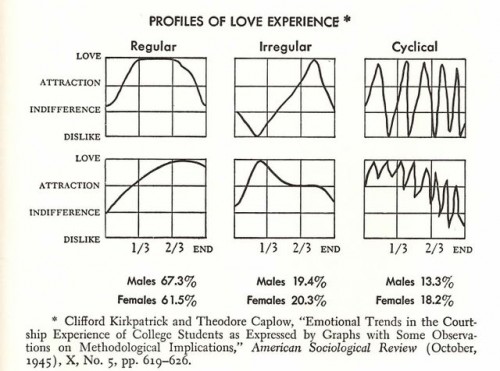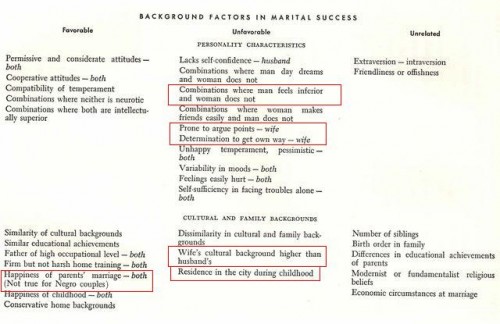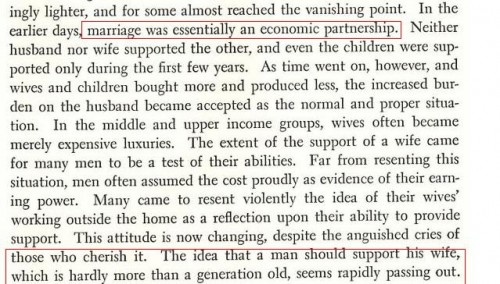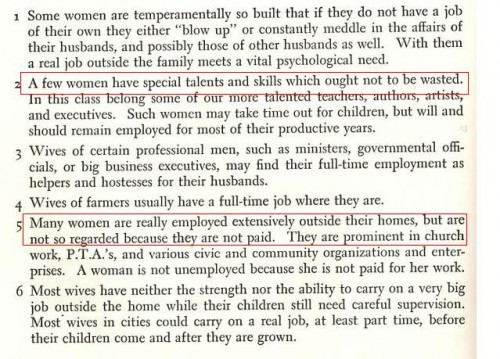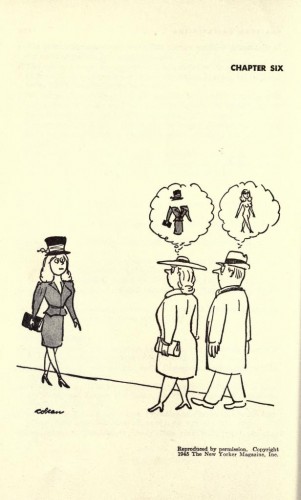These two Halloween costumes in a mall display, snapped by Deeky (here and here, via Shakesville), make a joke of women working in masculine occupations by suggesting that they’re, essentially, sex workers.
Captain Layover:

Free Rides:

See our other Halloween-related posts: two extra-special costumes (the Anna Rexia costume and the Sexy Scholar), Max Weber jack o’lantern (by yours truly), Obama mask sold as terrorist mask, a Sarah Palin effigy, handling sex offenders on trick-o’-treat day, and costume catalog analyses (here and here).
—————————
Lisa Wade is a professor of sociology at Occidental College. You can follow her on Twitter and Facebook.

